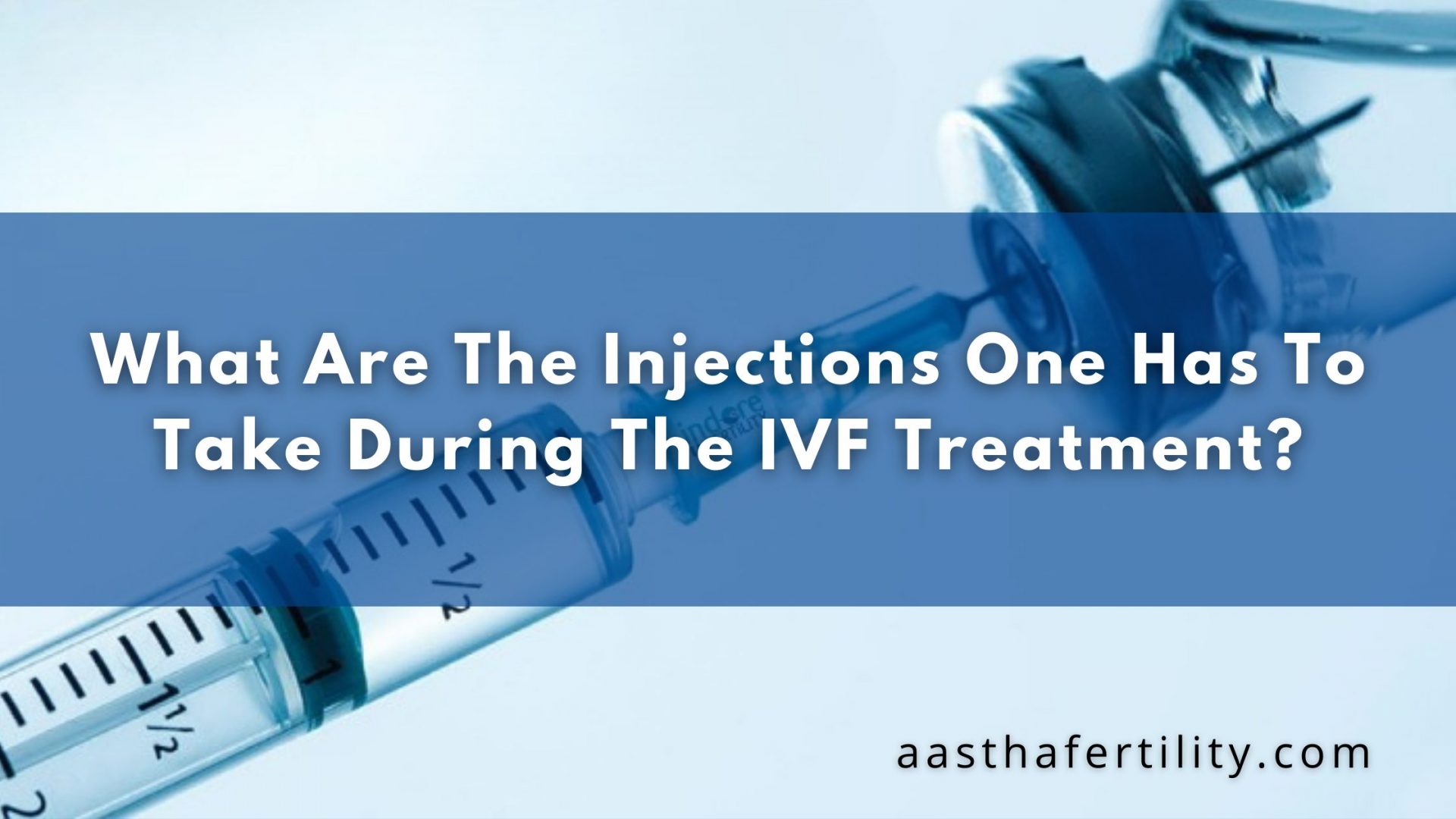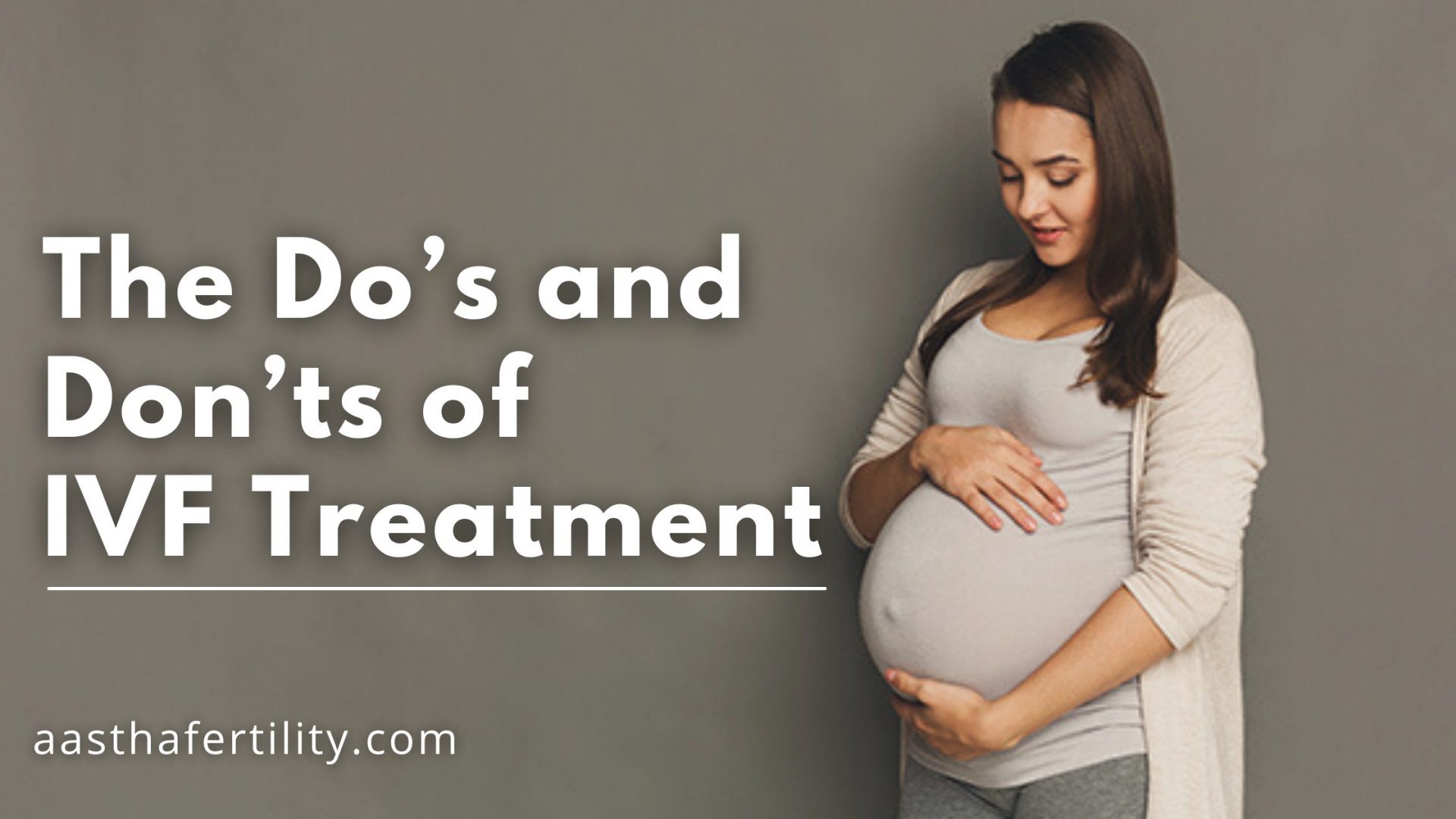Table of Contents
ToggleBy approving your consent for the IVF procedure, you have come a long way on your journey to accomplish your dream of having a child. IVF is the last hope on the infertility track, and the entire cycle involves several steps, lasting only 2-3 weeks.
Oocyte Retrieval is a procedure in the second step in the IVF process in which eggs are taken from your ovaries. The entire egg retrieving process may seem intimidating, but it is a fairly common procedure with minimal side effects. While this will be an exciting day on your IVF journey, it’s’ still anxiety for many.
Will I have a good amount of eggs? Did I do everything correctly? What could be the possible long-term risks of the egg retrieval process?
These last moment doubts will hit most of the minds. However, professional experts at Aastha Fertility Center will always assist you with your minor queries. They first assure blue ticks on a long exhaustive list of preventive measures to eliminate any chances of infection. Moreover, fertility experts will thoroughly explain the procedure to the patients before the surgery, clearing off all their doubts and queries.
If you are also stuck with some last moment doubts or want to learn more about the oocyte retrieval procedure, this blog will help you with the essential details.
What is the Oocyte Retrieval Procedure?
Oocyte Retrieval is the second step of the IVF procedure after ovarian stimulation. It is performed under sedation, 35-36 hours after hCG injection. Again, intravenous medications are given to the patients to prevent any kind of discomfort during the procedure. In addition, the beginning of stimulation medication for the egg freezing treatment is often put in motion.
During the egg retrieval process, a needle is usually inserted through the vagina to collect the fluid that will further be fertilized in the labs. These eggs will turn into embryos that can later be placed in the woman’s womb through embryo transfer.
Egg Retrieval Timelines:
How does Egg Retrieval work?
Follicle Size for Egg Retrieval:
After 10-12 days of the ovarian stimulation process, an ultrasound is conducted to determine the follicle size for egg retrieval. When the follicles mature (about 15 to 20 mm in diameter), the eggs will be taken out from the egg aspiration procedure.
Anaesthesia for the Oocyte Retrieval Procedure:
Oocyte Retrieval is a minor surgical procedure conducted with a mild sedative, also called anaesthesia. These powerful sedative medications are given through IV to keep the women unconscious during the procedure. She is generally put to sleep with these medications and still breathing independently.
The Egg Retrieval Procedure:
- The whole procedure is done under ultrasound guidance to get a clear picture. A sterilized needle is passed through the top of the vagina to get to the follicles or ovary.
- The fluid from the follicles is aspirated with the needle. Eggs found detached from the follicle wall are sucked out of the ovary for further development.
- While aspirating the fluid through the needle, the oocyte cumulus is pulled out from the follicle, and this whole painless procedure usually takes 10 minutes.
The extracted fluid from the vagina is further passed to the IVF laboratories. Experts identify the eggs and rinse them in cultural media. These eggs are placed in small dishes and passed on to IVF-specialized incubators for embryo development.
How to Prepare for Oocyte Retrieval?
While the night before precautions are necessarily important, most do’s, and don’t must happen 30 to 90 days before the egg retrieval procedure. These measures will help improve the quality and quantity of healthy eggs and have a major impact on IVF procedure success.
Introducing a high-fat-fertility diet, vitamins, and acupuncture to your daily routine is essential as a healthy body is a fertile land. Before the egg retrieval day, give yourself enough time to relax, and stay positive and calm.
Oocyte Retrieval is a surgical procedure. Therefore, it is important to follow the instruction provided by your healthcare advisor as this help prepare your body for the procedure.
Common To Do’s during Oocyte Retrieval:
- Opt for comfortable and easy-to-remove clothing.
- Try to arrive an hour before the given time to prepare yourself for the procedure.
- Being on sedatives, you cannot drive back home by yourself. Therefore, ensure a ride home, usually a family member or a close friend.
Important Do Not’s during or before the procedure:
- Do not eat or drink anything after midnight.
- Do not wear fragrance or perfume during the day or during surgical procedures.
What are the Possible Egg Retrieval Side Effects?
Egg Retrieval Procedure is a medical surgery that helps extract bigger than normal eggs with the help of a needle. Therefore, some individuals might face symptoms including:
- Spotting
- Pain
- Cramps
- Bloating
All these symptoms are quite common and have nothing to worry about. Some patients may also experience a negative reaction to the sedative. Symptoms for the same include:
- Vomiting
- Nausea
- Fatigue.
Apart from these, some patients experience bleeding, damage to surrounding organs, and infection. These complications are furthermore very rare as the entire process is guided by a clear view provided by ultrasound. Consult your healthcare team immediately if you find any side effects or discomfort after the procedure to get proper assistance and clarity.
How to Take Care after the Oocyte Retrieval Procedure?
The two weeks between egg retrieval and transfer must be about caring for yourself. Here are a few tips to guide you in the recovery process:
Rest for a Few Days:
The oocyte retrieval procedure can be physically taxing and intense. Therefore, you need a recovery time following each procedure, limiting all the physical activities to avoid the strain.
Seek Support:
Always feel free and open to seeking support from your healthcare expert. They must have your daily health reports to know the procedure’s status.
Do not involve in Intense Workout:
Keep moving but take it slowly. Instead of an intense and hardcore workout, opt for gentle yoga or long walks. Practice meditation, mindfulness, or prayer to keep your mental health calm and stable.
Conclusion:
The oocyte retrieval process is one of the most important steps in the IVF procedure. The effectiveness of fertility treatment entirely depends upon the quality and quantity of eggs retrieved, followed by the steps leading up to or coming after the procedure.
Under the guidance of professional fertility experts, the retrieval process is quite simple, with minimal risks. Consult our team of experts at Aastha Fertility Center now to get the best advice.





Leave a comment